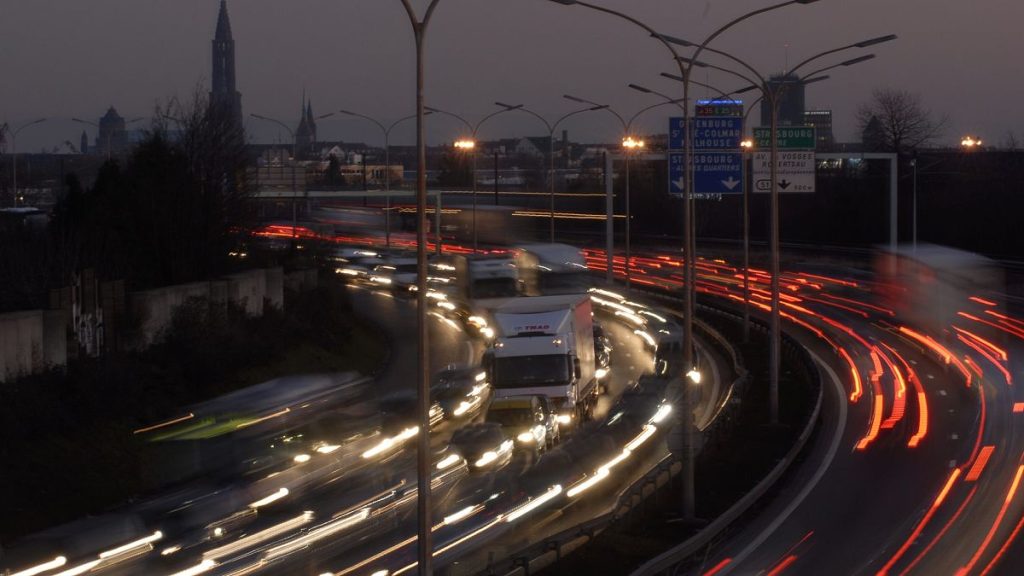The Silent Threat: Europe’s Overlooked Noise Pollution Crisis
The clamor of urban life, often dismissed as background noise, poses a significant and largely underestimated threat to public health across Europe. While the European Union has made commendable progress in curbing air pollution through stringent regulations and monitoring, noise pollution remains a silent menace, inadequately addressed by lawmakers and local authorities. The European Court of Auditors (ECA), in a recent report, highlights the stark contrast between the EU’s proactive approach to air quality and its relative neglect of noise pollution, emphasizing the detrimental impact of chronic noise exposure on citizens’ well-being and urging stronger action.
The ECA’s findings paint a concerning picture of widespread noise pollution across Europe, particularly from road, rail, and air traffic. Over 20% of EU citizens endure harmful long-term noise exposure, leading to a cascade of health problems, including stress, sleep disturbances, and cardiovascular issues. Children are particularly vulnerable, with half a million experiencing impaired reading ability and an estimated 60,000 suffering from behavioral difficulties attributable to transport noise. This silent epidemic, the report argues, is exacerbated by a lack of comprehensive noise monitoring and the absence of EU-wide noise reduction targets, discouraging member states from prioritizing actions to mitigate the problem.
The ECA’s investigation reveals significant gaps in noise pollution data, primarily due to lax monitoring practices. A startling 15 out of 27 member states have failed to provide the required data under the EU’s Environmental Noise Directive, hindering efforts to assess the true extent of the problem and track progress. While the European Commission has set an indicative goal of reducing the number of citizens chronically disturbed by transport noise by 30% by the end of the decade, current estimates suggest achieving only a 19% reduction, with a worst-case scenario projecting a 3% increase in noise pollution. This underscores the urgent need for legally binding noise reduction targets and limits, aligned with World Health Organization (WHO) recommendations, to incentivize member states to take more decisive action.
The report, focusing on case studies in Athens, Barcelona, and Krakow, emphasizes the widespread nature of the issue across Europe. Cities like Paris have already begun taking proactive measures to combat noise pollution, recognizing the detrimental impact on residents’ quality of life. The ECA’s findings serve as a stark reminder that noise pollution is not merely a local nuisance but a Europe-wide public health crisis requiring a coordinated and comprehensive response. The report urges the European Commission to assess the feasibility of imposing legally binding noise reduction targets and limits by 2029, aligning with WHO recommendations, to effectively address this growing problem.
While the EU’s efforts to improve air quality have yielded positive results, the ECA acknowledges the ongoing challenges. Well-defined pollutant limits have led to cleaner air in urban areas, and the Commission’s legal action against governments for persistent breaches has spurred further improvements. However, as EU pollution limits approach evidence-based levels recommended by the WHO, some cities may face increasing difficulties in meeting these targets. This highlights the need for a flexible and nuanced approach that considers the specific circumstances of different cities and avoids imposing overly burdensome regulations that could face public resistance.
The ECA’s report serves as a wake-up call, urging a paradigm shift in how noise pollution is addressed across Europe. Moving beyond mere monitoring and indicative goals, the report calls for concrete action, including legally binding targets and limits, to incentivize member states to prioritize noise reduction. By recognizing noise pollution not as an unavoidable consequence of urban life but as a preventable public health hazard, the EU can create healthier and more livable environments for its citizens. The silent threat of noise pollution demands a resounding response, ensuring that the future of Europe’s urban spaces is not only cleaner but also quieter.














